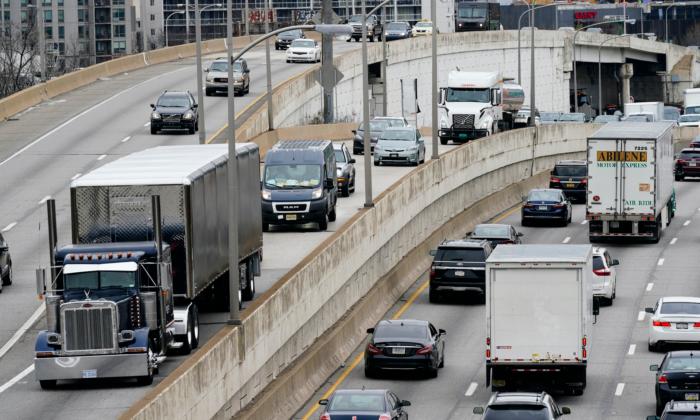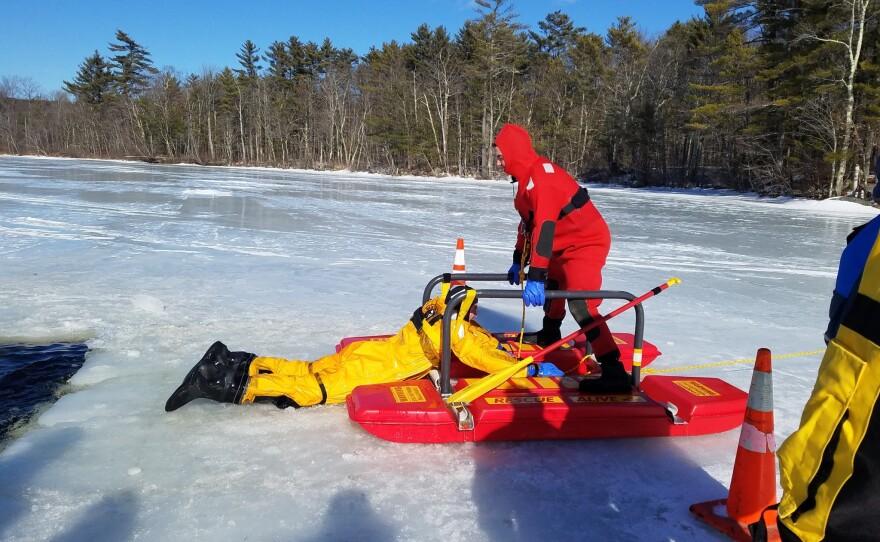Two U.S. safety agencies announced a new rule on June 22 that would require heavy trucks and buses to include automatic emergency braking systems within the next five years.
According to NHTSA statistics, there are approximately 60,000 rear-end crashes a year in which the heavy vehicle is the striking vehicle. NHTSA estimates that AEB systems could prevent more than 19,000 crashes, save at least 155 lives, and prevent thousands of injuries every year.
AEB systems use forward-facing cameras and sensor technologies to detect when a crash is imminent and automatically apply the brakes if the driver has not done so. It can also apply additional force to assist the driver’s braking. AEB systems vary from manufacturer to manufacturer in terms of how they detect obstacles, what obstacles they can detect, and the operating speeds at which they function.
The proposed standard would require the technology to work at speeds ranging from 6 to 50 miles per hour.
The proposed rule is the traffic safety agency’s latest efforts to regulate electronic systems that take on certain tasks that drivers themselves normally handle. NHTSA has been reluctant in the past to impose such regulations, saying the technology would change during the time it took to enact new rules.
Ann Carlson, NHTSA’s chief counsel, said Thursday that AEB systems “have the power to save lives.”
“Today’s announcement is an important step forward in improving safety on our nation’s roadways by reducing, and ultimately eliminating, preventable tragedies that harm Americans,” Carlson said in a press release.
The American Trucking Associations, the industry’s largest lobbying group, welcomed the announcement.
“The trucking industry supports the use of proven safety technology like automatic emergency braking,” said Dan Horvath, the group’s vice president of safety policy. “With NHTSA’s recent regulation requiring AEB on all new passenger vehicles, this proposal for heavy-duty trucks is timely and appropriate.'’
The Transportation Department called the proposal an important step in the broader goal of reducing roadway deaths. A total of 42,915 Americans were killed on roads in 2021, the highest number of traffic deaths since 2005. That figure slightly declined last year to 42,795 in 2022 but still represents a national crisis, the agency said.
Past Efforts
The NHTSA has long been encouraging car manufacturers to make AEB a standard feature. In 2016 under the Trump administration, the agency and non-profit research group Insurance Institute for Highway Safety (IIHS) invited 20 automakers to make a pledge to include the feature across 95 percent of their light-duty model lineups before September 2022.Those 20 automakers making the commitment are Audi, BMW, FCA US LLC, Ford, General Motors, Honda, Hyundai, Jaguar Land Rover, Kia, Maserati, Mazda, Mercedes-Benz, Mitsubishi Motors, Nissan, Porsche, Subaru, Tesla Motors Inc., Toyota, Volkswagen and Volvo Car USA. Together, they represent more than 99 percent of the U.S. auto market.
According to the latest report by IIHS, some 16 manufacturers have fulfilled their 2016 pledge, although Honda/Acura’s percentage of AEB-equipped vehicles dipped briefly last year because of supply chain-related manufacturing shortages.




